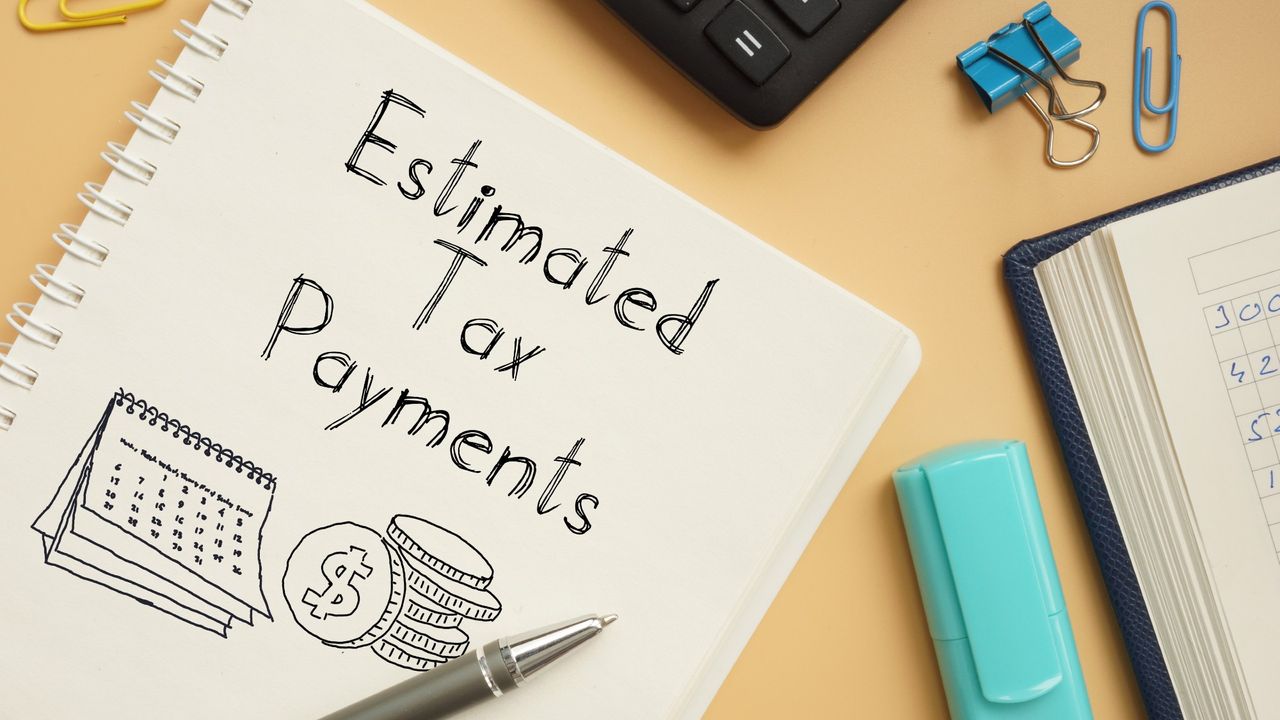For many of us, Tax Day comes but once a year. For others, taxes come due more often. Freelancers, small business owners and those earning over a certain amount from a side hustle are among those who typically need to make quarterly estimated tax payments throughout the year.
Here is a closer look at these payments, when they apply and what happens if you should make them but do not — or if you pay less than what is owed.
What are estimated tax payments?
Estimated tax payments are “taxes paid to the IRS throughout the year on earnings that are not subject to federal tax withholding,” said NerdWallet. These payments are necessary because the IRS “uses a pay-as-you-go income tax system, meaning you must pay your taxes as you earn income,” rather than waiting until you file your annual tax return, said Intuit TurboTax.
Subscribe to The Week
Escape your echo chamber. Get the facts behind the news, plus analysis from multiple perspectives.
SUBSCRIBE & SAVE
Sign up for The Week’s Free Newsletters
From our morning news briefing to a weekly Good News Newsletter, get the best of The Week delivered directly to your inbox.
From our morning news briefing to a weekly Good News Newsletter, get the best of The Week delivered directly to your inbox.
Typically due on a quarterly basis, estimated tax payments “include federal tax on any profits or income and self-employment tax, which includes your contributions to both Social Security and Medicare,” said CNBC Select.
Who needs to pay estimated taxes?
If you are a W-2 employee, your employer will usually automatically withhold the money for taxes from your paycheck. But if you are self-employed or have earnings outside of your job, then you may need to make estimated tax payments. In some situations, W-2 employees may also need to make estimated tax payments if they are not withholding enough to cover their tax bill.
As a rule of thumb, those who are “expecting to owe $1,000 or more in the current fiscal year are required to submit an estimated portion of their federal withholdings to the IRS every three months,” said CNBC Select.
How much are estimated tax payments each quarter?
For people who owe estimated taxes, at least “90% of your tax bill must be paid through quarterly estimated tax payments or you may be hit with penalties,” even if you do not end up owing anything come April, said CNBC Select.
You can gauge how much you may end up owing by looking at your previous year’s total tax payments, in which case you would “send one-fourth of that to the IRS,” said NerdWallet. If your income tends to vary, a better method may be to “estimate your annual tax liability based on what you’ve already earned during the year,” said the outlet. IRS Form 1040-ES can help you crunch the numbers, as can tax software or a tax professional.
When are estimated tax payments due?
Generally speaking, “installments for estimated tax payments are due on April 15, June 15, and Sept. 15 of the same year and Jan. 15 of the following year,” said Investopedia. Those deadlines may move slightly from year to year if the date falls on a weekend or holiday.
If you need more time, you can request an extension using IRS Form 4868 for individual returns. Just keep in mind that getting one “only grants you more time to submit your return, not to pay any taxes due,” said CNBC Select.

